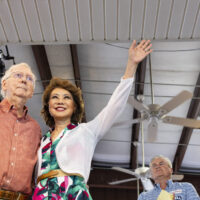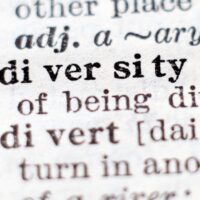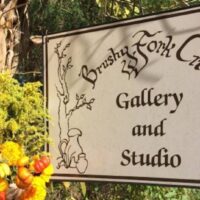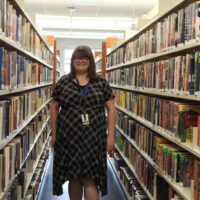The other morning, still puffy-eyed and sullen from sleep, I was in the produce section of a local super-store, stroking avocados in search of one at the exact stage of ripening to suit me. Except for the gentle hum of the air-conditioning and the metallic flap-flap-flap of an occasional cart with a bad wheel, the place was quiet and almost empty.
Suddenly, an alarm sounded, a piercing wail. Mid-avocado, I froze. The distress signal stopped abruptly but in the moments that followed, I realized I’d been scanning the area for escape routes and steeling myself for the sound of gunshots.
Typically, I am level-headed and not subject to panic attacks, but lately, I find myself hyper-vigilant in public gathering spaces. Apparently, I am not alone in my enhanced level of awareness, which connects to the recent history of mass shootings in America.
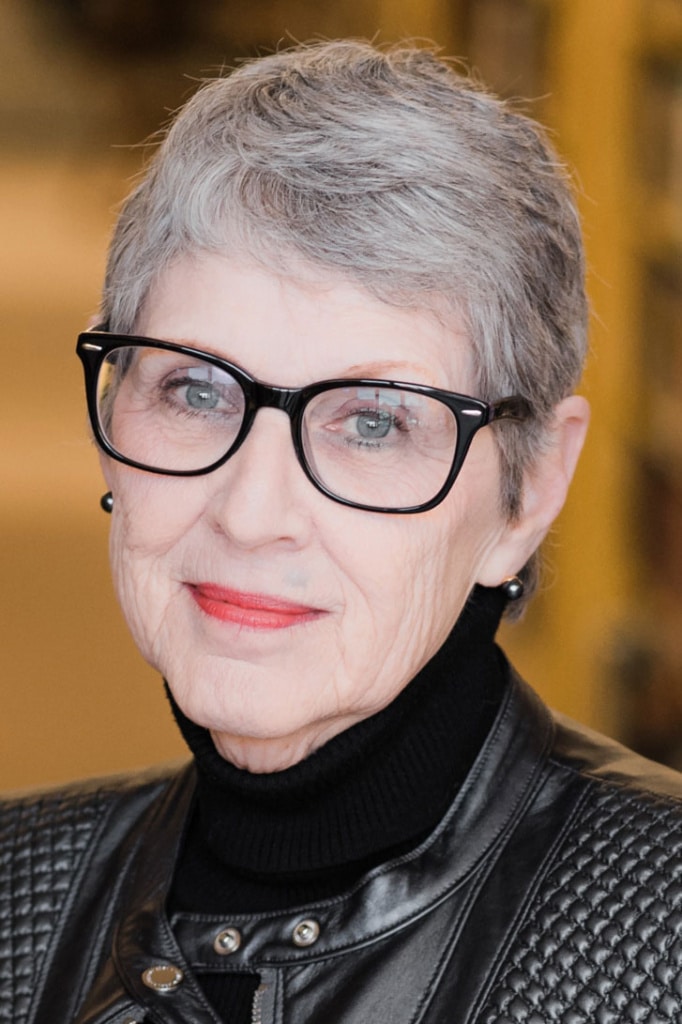
According to a July 11 article by Zara Abrams, from the American Psychological Association, “Fear of mass shootings has left a large majority of Americans feeling stressed, including a third of adults who say they now avoid certain places and events as a result … Experts say the frequency of mass shootings, amplified by our near-constant access to media coverage of such events, amounts to an accumulation of exposure that is harming everyone’s mental health.”
Every week, mass shootings erupt in schools, stores, houses of worship, and other locales we routinely frequent. In the past, we managed our entrances and exits without a thought, but the frequency of public executions has changed attitudes. The impact is worse on children and young adults, whose mental health is already in crisis.
From Pre-K on up, kids are subject to lockdown drills designed in response to the possibility of being caught in an active shooter situation. Teachers, administrators, and other school personnel endure training to guide their behavior in the face of carnage. The Kentucky Center for School Safety’s training video provides officials with considerations for developing school safety plans, and Senate Bill 1 requires that any staff member — certified, classified, or paraprofessional — who has contact with students must view this video/training.
The one-hour presentation is rife with blah-blah-blah references to legislation and unpronounceable acronyms (DOCJT). Talking heads describe what happens in droning, dispassionate tones. Statements like this: “You may hear screaming and gunfire,” and “They are looking for a high casualty count,” are chilling, despite the robot-like delivery.
“We never want to talk to students about active shooter drills,” one education official explains in the video. “That’s only for staff.” (Like the kids don’t know what’s going on.)
For most adults, there is no guidebook, no video, no flat-line voice of reason that prepares us for active shooters. For me, the first time my hackles rose was last summer, when citizens gathered in Murray to demonstrate for the removal of the Robert E. Lee statue from county government property on a Saturday morning.
An opposing group was also present. One day when I attended, a young man shouldering an automatic weapon showed up. He insisted it was not loaded and appeared rational, even a bit disarming. But who can divine the intent of a weapon-toting stranger by his words alone?
More recently, a fabulous July 4 concert at Murray State University was another occasion that some avoided because of uneasy feelings about being in a crowd.
Today, I confess when I am entering a large retail establishment and spot a guy with a holster strapped to his hip stomping through the aisles and scowling at everyone like the villain in an old-time cowboy movie, I head in the opposite direction and cock my ears for any rat-a-tat-tat.
Speaking of vintage western types, I recently caught part of “The Unforgiven,” a 1960 film starring Burt Lancaster and Audrey Hepburn. The plot was ahead of its time in its focus on the issue of racism against anyone with even a drop of Native American blood in them. In one scene, a righteous marshal dealing with a violent gang uses human insight to calm the situation down. When a bystander asks why he did not act tougher with the bully, the law man declared, “A man carrying so many guns, he must be afraid of everything.”
Hmmm. Perhaps the weapon-toting are as fearful as those of us who eschew guns. Could this be the common ground needed to start a rational conversation?

